Flaws in infrastructure hinder plans for LNG
Le Xuan Huyen, deputy general director of state-run oil and gas group PetroVietnam, last week authorised the publication of a 16-page report on sustainable energy development with a vision to 2050. The report highlighted the difficulty of establishing Vietnam’s liquefied natural gas (LNG) import infrastructure.
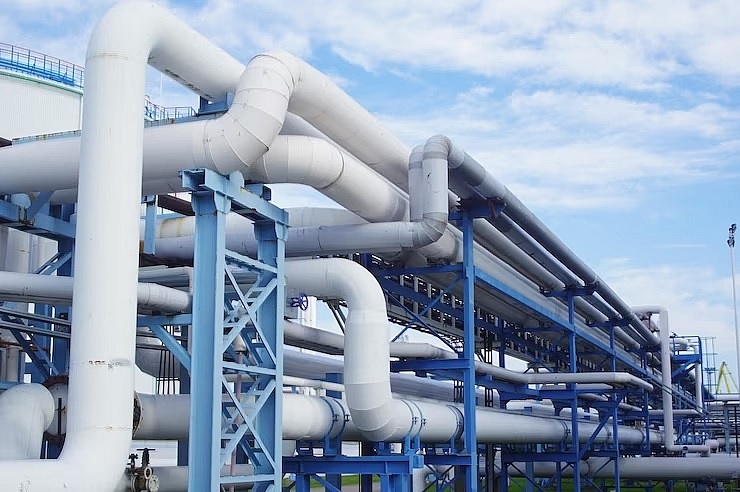 |
| Flaws in infrastructure hinder plans for LNG, illustration photo/ Source: freepik.com |
According to Ta Vu Duy Hoa, deputy director of PetroVietnam’s Economic and Investment Department, importing LNG is necessary to counteract the annual decline in domestic gas production.
His remark recalls a prediction made by the Ministry of Industry and Trade in 2019 regarding the possibility of Vietnam importing natural gas beginning in 2020. The ability to supply gas through the PM3-Ca Mau pipeline was expected to diminish in 2023 and cease supplying gas by 2028, at which point gas production onshore will drop.
As per Hoa, PetroVietnam is “maximising resources” in an effort to increase supply from two massive gas projects, Blue Whale and Block B, but the majority will not arrive before 2026. Vietnam’s domestic gas supply is dwindling, which is the primary cause of a decrease in the quantity of gas used by households to generate electricity.
In 2023, PetroVietnam will provide approximately 4.3 billion cubic metres of gas for power generation in the southeast region. In 2024, this will be reduced to 3.1 billion cu.m, and by 2030, it will fall to approximately one billion cu.m per year.
According to PetroVietnam’s data, recent initiatives that have run into difficulties have not significantly changed domestic gas production for many years. The operation plan for 2021 of the Block B gas project, the largest gas-to-power project chain in Vietnam, with an estimated annual production of 5.06 billion cu.m, is not as anticipated. Difficulties in the investment preparation of subsequent projects have caused inconsistency in this project chain.
In addition, the objective of obtaining the first gas supply from the Blue Whale gas-to-power project chain is unlikely to be met in 2023. The project operator, ExxonMobil, is waiting for a decision from the parent company after obtaining an official document sent to the government at the end of 2020 regarding not submitting development plans for engineering, procurement, and construction.
Vietnam requires modern infrastructure to import and store a sufficient quantity of LNG, guaranteeing the stable operation of 13 LNG power projects on the list of essential and prioritised projects in the power sector. According to the gas industry development plan towards 2035, Vietnam will import 1-4 billion cu.m of LNG per year between 2021 and 2025, and 6-10 billion cu.m annually from 2026.
Tran Anh Khoa, head of the source and market development at PetroVietnam Gas (PVGAS), stated that the import of LNG must progress in tandem with port infrastructure development in the country.
“The plan is to bring into operation a series of terminals by 2026, including My Son LNG Terminal, Northern LNG Terminal, and Thi Vai Terminal Phase 2; and increasing capacity to 3-5 million tonnes per year at the same time,” Khoa said.
Importing significant quantities of LNG in the immediate future is unlikely. Dr. Nguyen Quoc Thap, president of the Vietnam Petroleum Association, told VIR that Vietnam lacks experience in constructing and operating LNG terminals.
“Vietnam lacks a large-capacity LNG receiving port, a prerequisite for optimising the cost of constructing gas pipeline infrastructure between the port and power facilities,” Thap explained.
Vietnam is in the process of creating a model for a gas power centre as well as a terminal for LNG import and regasification.
“Importing LNG is an intricate issue, especially under the current conditions, where the exporter expects a long-term commitment and binding on output,” added Thap. “Vietnamese importers have not been able to make long-term commitments because, on the one hand, the government does not provide a guarantee and, on the other hand, they fear the risk of mortgaging the project’s cash flow.”
According to Thap, Vietnam imports LNG in a similar manner as other countries in the region and can learn from the likes of Thailand and South Korea. To reduce expenses in gas pipeline infrastructure between ports and power plants, lower electricity production costs, and optimise the system, these nations construct concentrations of LNG power plants with large receiving ports of at least six million tonnes of LNG per year.
In accordance with environmental criteria, they also select locations that are advantageous for the construction of an LNG terminal, Thap added.
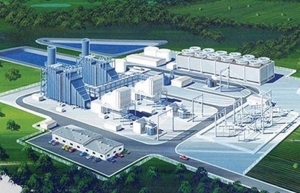 | Developers expect smoother LNG policy planning The government has asked the Ministry of Industry and Trade to clarify the planning data and feasibility of liquefied natural gas power development towards 2030, which has set a target of almost 24,000MW, accounting for 16.4 per cent of the total power source in the nation’s draft master power plan. |
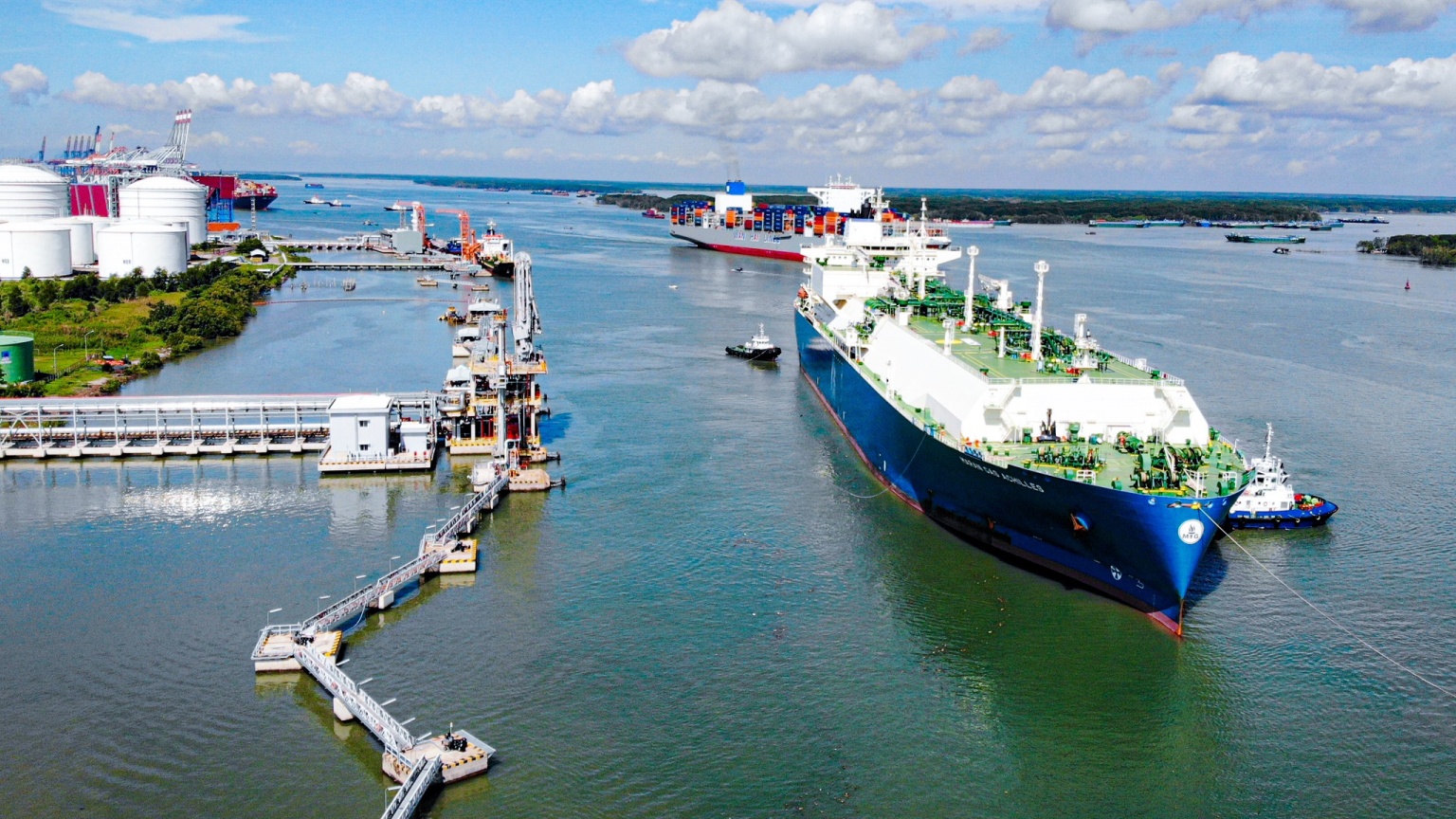 | Thi Vai Terminal receives first LNG shipment As PetroVietnam Gas (PV Gas) works to secure a long-term fuel source for further liquefied natural gas (LNG) gas power facilities, the future stable operation of power facilities in Vietnam is being hampered by a lack of infrastructure to import and store sufficient liquefied natural gas. |
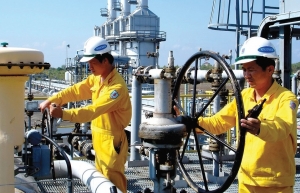 | Structure lacking for LNG activities The future stable operation of power facilities in Vietnam is being hampered by a lack of infrastructure to import and store sufficient liquefied natural gas. |
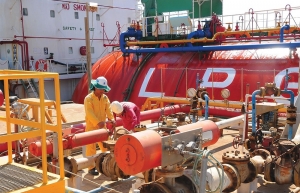 | Key milestones being hit for LNG prospects To utilise the promising land of liquefied natural gas, developers are awaiting supportive policies for infrastructure to help save project costs and contribute to green energy goals. |
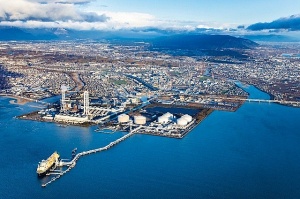 | JERA considers potential investments in Vietnam's bid for net-zero Deputy Prime Minister Tran Hong Ha is seeking collaboration between Japanese and Vietnamese energy groups for mutual growth and profit sharing through technology transfer. |
What the stars mean:
★ Poor ★ ★ Promising ★★★ Good ★★★★ Very good ★★★★★ Exceptional
Related Contents
Latest News
More News
- Schaeffler reports strong early output from Dong Nai solar project (December 12, 2025 | 15:16)
- Forestry conference highlights biodiversity and sustainability goals (December 09, 2025 | 13:35)
- Home Credit honoured among top 10 sustainable companies in trade and services (December 09, 2025 | 12:18)
- SCG and seven member companies honoured in Top 100 Sustainable Businesses 2025 (December 08, 2025 | 09:00)
- Nestlé Vietnam pioneers sustainable development and promotes business connections (December 06, 2025 | 12:09)
- CSI 2025 highlights rise of Vietnam’s green champions (December 06, 2025 | 09:00)
- Acecook Vietnam named among top 100 sustainable businesses (December 06, 2025 | 08:00)
- Vietnam’s forest carbon credits draw global interest (December 05, 2025 | 17:41)
- Coro Energy to launch BESS Pilot in Vietnam (December 04, 2025 | 15:12)
- Vietnam strengthens energy storage pathway (December 04, 2025 | 15:05)

 Tag:
Tag:






















 Mobile Version
Mobile Version